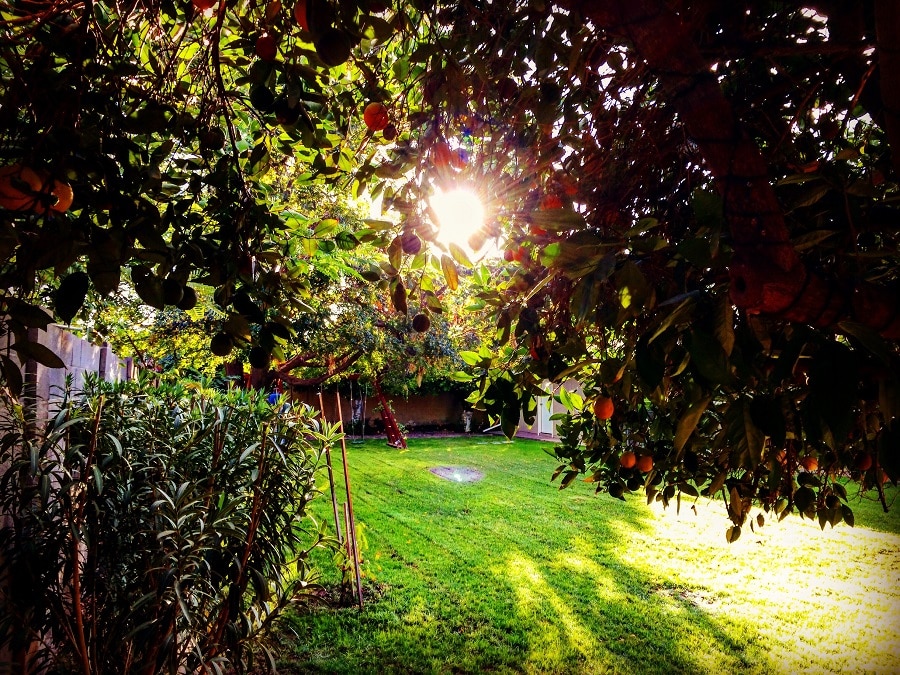If you have never tried growing plants before and are thinking about trying your hand at it, container gardening is a great way to get started! This article will discuss all the basics of this growing method from start to finish, including what containers to choose, how to care for your plants, and how to harvest any fruits of your labor. It will also provide a list of plants that are perfect for beginners. So whether you’re looking for a way to spruce up your patio or want to start growing your own food, container gardening is a great option!
Contents
Container Gardening Vs. In-Ground Gardening
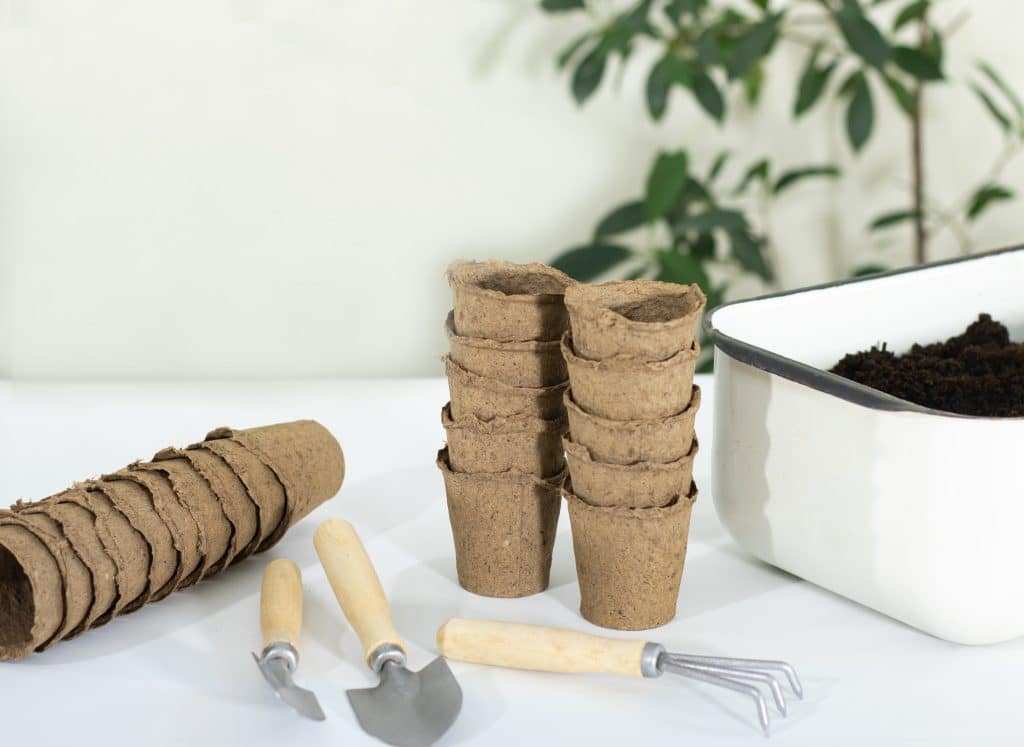
Container gardening and in-ground gardening are two popular methods of growing plants. Both can bring beautiful and lush results, so choosing the right one for you depends on your own personality, what type of space you have available, and which type of work best fits your lifestyle. In-ground gardening requires planning for a specific plant to fit its available space, considering factors such as climate, soil quality, and how much light is available in that spot.
With container gardening, plants can be rearranged when needed without needing to change the whole landscape around them. Container-grown plants also give gardeners more control over how much water the plants get and allow for more creative expression with design elements like pot size, color, shape, texture, and style. Ultimately it comes down to personal choice, but for those looking for a no-fuss option or simply want to try their hand at gardening, container gardening is the perfect starting point!
The Best Plants For A Container Garden
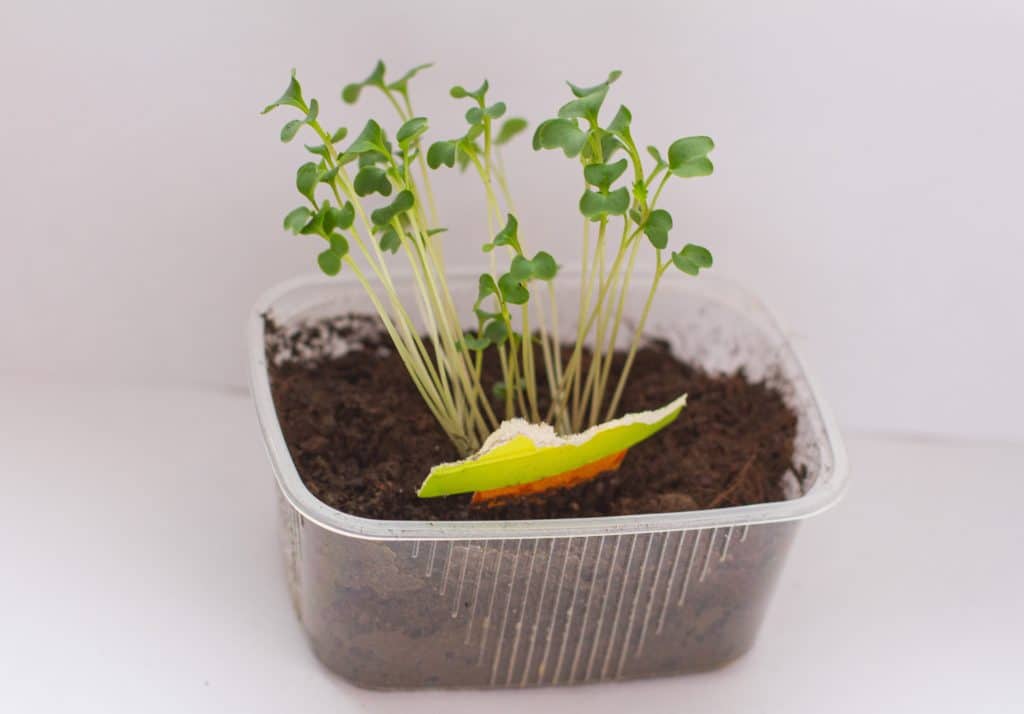
The type of plants you will want to grow will vary depending on where you will be keeping your container garden. Generally, plants native to your climate and soil quality work best in a container garden. Other factors to consider include how much sunlight is available and if the plant needs full sun or partial shade. Some excellent choices for beginner container gardens include:
Tomatoes – Tomatoes are one of the most popular plants to grow in a container garden. They can be grown indoors or outdoors and require full sun. Some recommended varieties include cherry tomatoes, which produce smaller fruits, or beefsteak tomatoes, which have larger fruits with higher yields.
Herbs – Herbs like basil, oregano, mint, and rosemary are perfect for growing in a container garden. They can be easily grown indoors or outdoors with good sunlight, require little care and maintenance, and work well in a variety of pot sizes and shapes.
Lettuce – Lettuce is another easy plant to grow in a container garden. There are many different types of lettuce, with various colors, forms, and sizes. Some varieties do well in full sun, while others require partial shade. So just be mindful of which one you choose!
Blackberries – If you are looking for a plant with high yields and delicious fruits, blackberries are an excellent choice. They grow best in full sun and can be grown in a container that is at least 12 inches deep. They also do well in container gardens with a trellis, which can give the plant more support as it grows.
Choosing The Right Containers
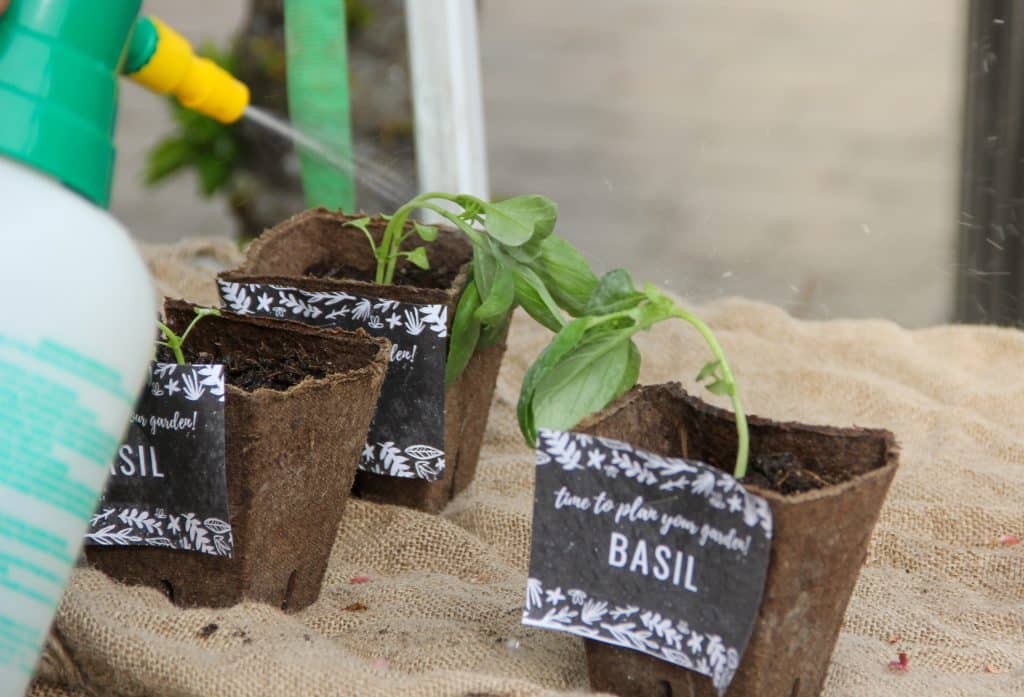
When starting a container garden, it’s important to make sure that you pick the right containers. The size of the container will depend on the type of plants that you’re growing and how big they can get when they mature. Make sure your containers are large enough to accommodate an adult-sized plant because if it’s too small, the roots won’t be able to spread out and take in enough nutrients.
Also, take into account the type of material that your container is made out of. Plastic pots are a popular choice, as they are inexpensive and lightweight. However, they can be more prone to heat changes than other materials like ceramic or terra cotta. Whatever material you choose, make sure to thoroughly clean and sterilize your containers before using them to help prevent diseases and pests.
Getting The Proper Soil
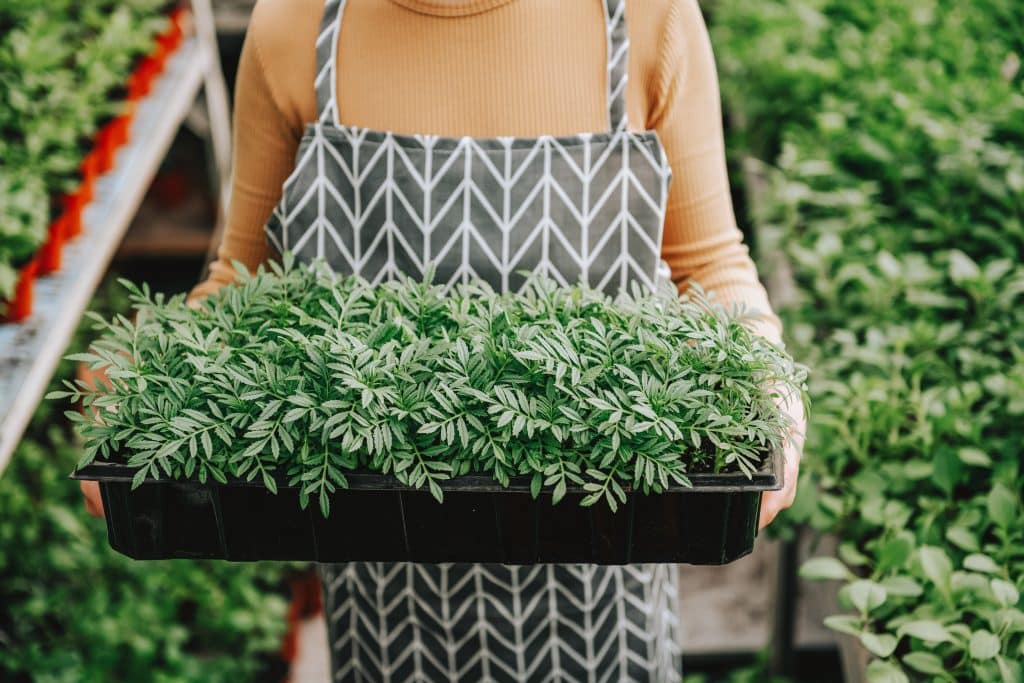
As a container gardener, your painting palette is limited by the size of the canvas. This means that your success doesn’t just depend on your selection of plants and how you care for them—it also depends on the soil you choose for planting in containers. The right mix will help ensure healthy growth and create a balance between air and water in the soil. That means obtaining a combination of organic matter combined with coarse material such as perlite and ground decomposed granite to improve drainage within the pot.
Additionally, additives like compost or fertilizers may be necessary if looking to add more nutrients to the soil. Ultimately, deciding on what types of soil and amendments you need are a crucial step in setting up your container garden for success!
Finding The Right Place For Your Containers
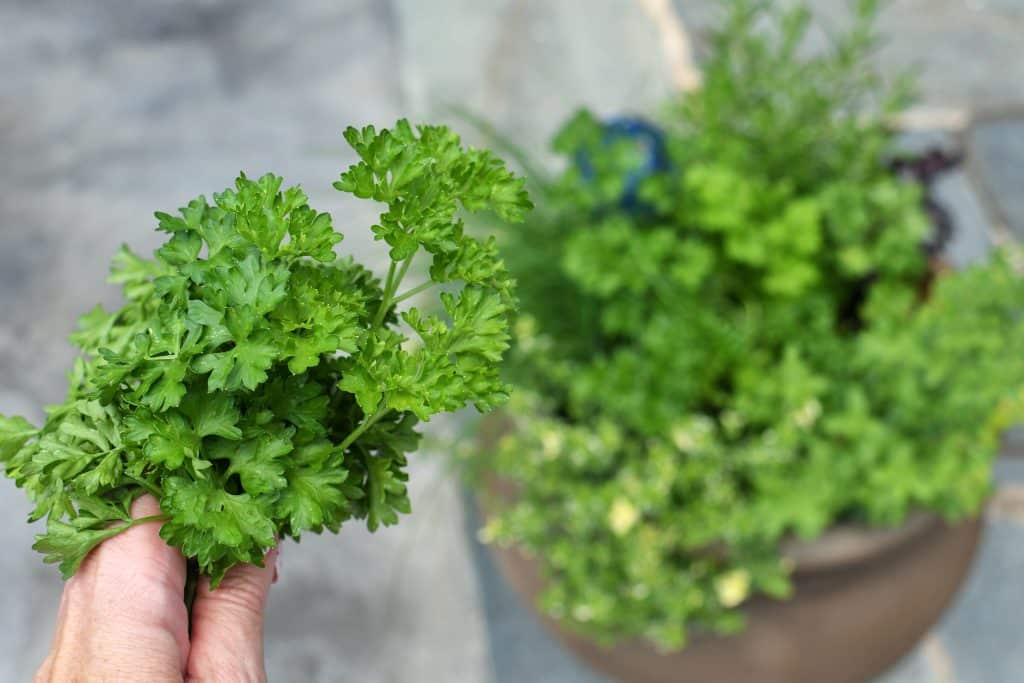
Planning out your container garden is an important step to make sure that you can get the most out of it. While there are many moving parts in determining where to place each pot, one of the most impactful things to consider is the amount of light available. If a plant requires more direct sunlight, it is best suited at the top or front of your outdoor space. On the other hand, if they require more shade and indirect light, putting them towards the back or lower side of your garden can be beneficial.
Along with the lighting, the plants’ size and texture should be considered when plotting out your containers. Larger pots tend to draw attention and might be better placed at the corner or focal point of your space, while smaller ones may blend in further away from direct view. With a bit of creativity and thoughtfulness, finding the right place for your containers can create a stunning garden.
Using Proper Watering Methods
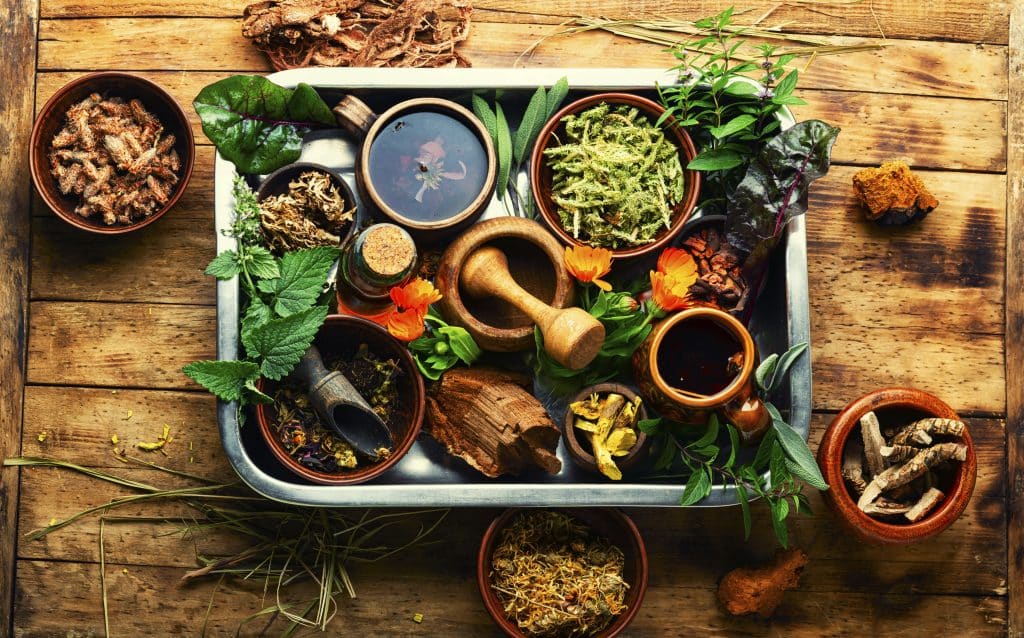
When caring for container gardens, it is important to pay careful attention to how and when you water them. Too little water and plants can become wilted; too much water can drown the roots, making it difficult for them to breathe and grow. The most reliable way to ensure your plants receive enough moisture is by hand-watering. Ensure that the surface of the soil is damp after each watering session; know that because of evaporation, it will become dry during hot days.
However, depending on different species of plants, you might need to adjust the amount of water or create practices according to the individual needs of each. Monitor your plants’ health signals, such as leaf color or signs of drooping, so as to better adjust your watering methods over time!
Pruning Your Plants
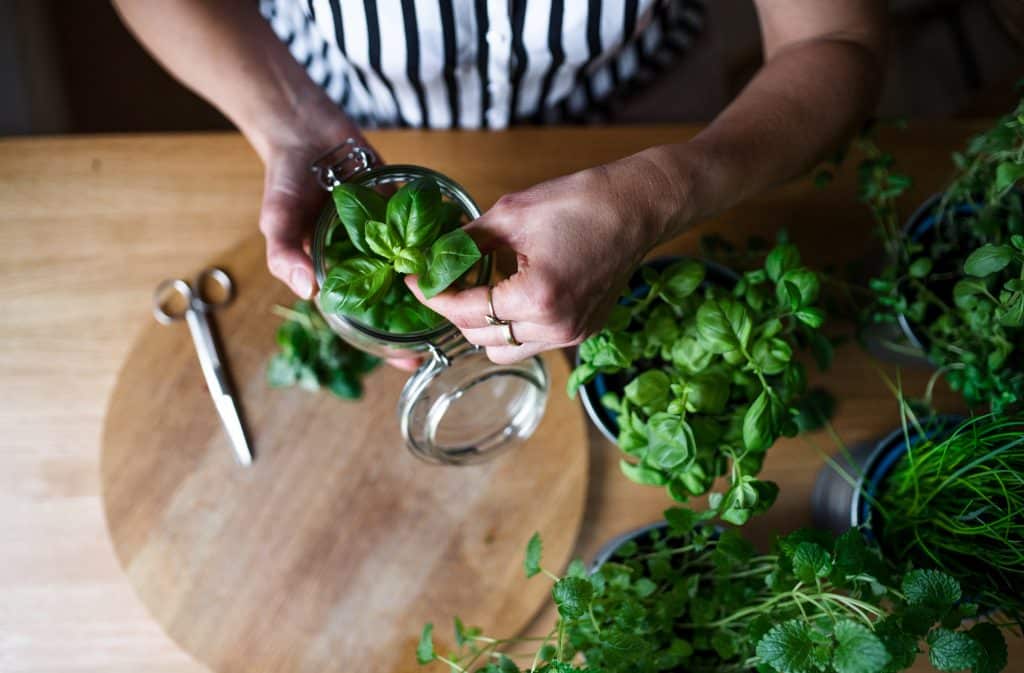
Pruning your plants can be a great way to give them a health boost and keep them looking their best. When you prune the right way, you will help promote plant growth while also making sure they don’t become overcrowded. Pruning your container garden is especially important because of the nature of its confined environment; without proper pruning and regular care, it’s easy for container plants to become stressed out, attract pests, and even stagnate in their development.
To get started with pruning your container garden, make sure you know what type of plants you have before deciding which branches or stems to cut off. Different species will require different methods in order to effectively prune without compromising any nearby foliage or future buds. It might take some trial and error before mastering the art of pruning, but it is rewarding knowing that you are taking excellent care of your container garden.
Harvesting Your Plants
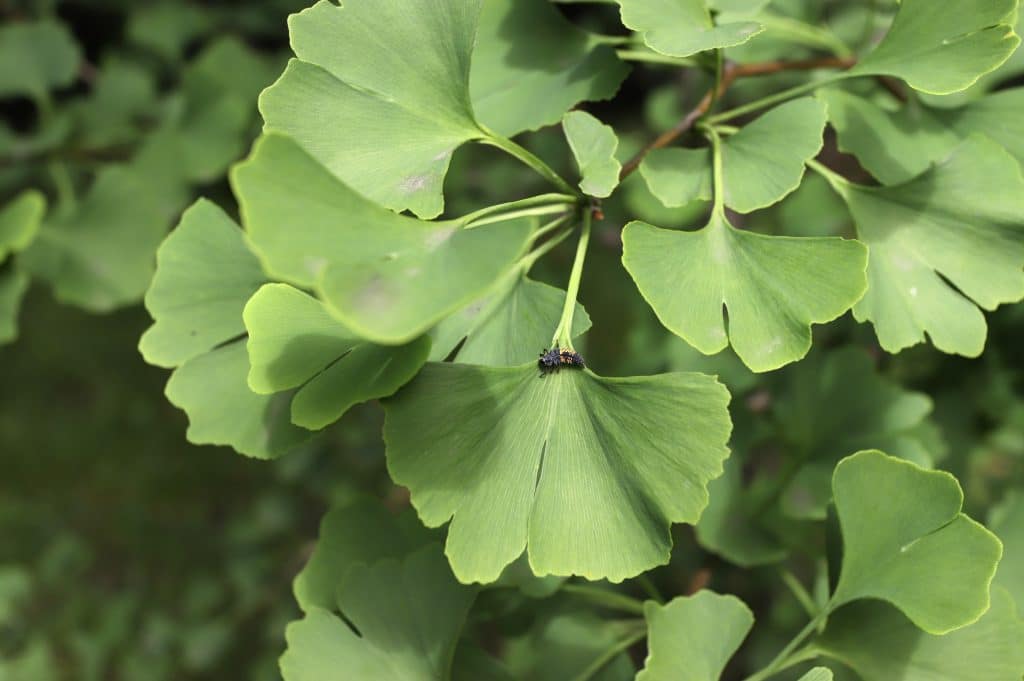
Harvesting your container garden is one of the most rewarding parts of gardening. Every harvest provides a surprise – after weeks or months of nurturing, you get to discover what fruits, vegetables, herbs, and flowers have sprung up in response. Not only do you have something delicious and aesthetically beautiful to show for your hard work – with careful tending, but some crops can also be harvested multiple times during the growing season.
By learning how to properly harvest your plants, you can enjoy a variety of health benefits. Different crops should be harvested at different times; for example, leafy greens like lettuce or kale are best consumed in the spring and fall, while cruciferous vegetables such as broccoli are better picked in late summer or early autumn. By keeping a close eye on your plants’ growth, you will know exactly when to start harvesting and enjoy their unique flavors and nutritional properties for a longer period of time!
Give Container Gardening A Try!
Container gardening is a wonderful way to bring the beauty and benefits of plants into your home or outdoor space. Whether you are new to gardening or looking for ways to liven up an existing garden, learning how to care for your container plants properly can help you enjoy a thriving, vibrant plant community that brings joy and health to all those who interact with it. And with the right methods in place, you can ensure your container garden is thriving for years to come! So if you are looking for a fun, rewarding gardening activity, start container gardening today!


